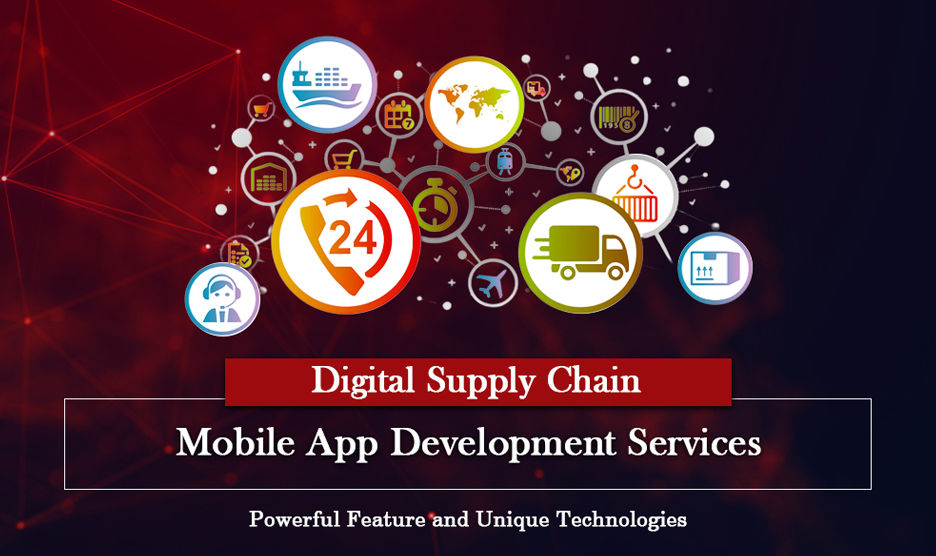
WE ARE EXPERT IN WHAT IT TAKES TO GENERATE BUSINESS FOR A SHOPPING WEBSITE, FOCUSED AND EXPERIENCED PROFESSIONAL.
Digital supply chains are becoming increasingly popular as companies strive to become more efficient and agile. But what exactly is a digital supply chain? And how can it benefit your business? Read on to find out!
What is a digital supply chain?
A digital supply chain is a supply chain that makes use of digital technologies to manage the flow of information, goods, and services. It encompasses everything from the procurement of raw materials to the delivery of finished products.
A digital supply chain can deliver significant benefits such as improved visibility, greater efficiency, and reduced costs. By digitizing the supply chain, businesses can gain real-time insights into their operations, identify bottlenecks and inefficiencies, and make adjustments accordingly. In addition, digital supply chains can enable companies to respond quickly to changes in demand and optimize their inventory levels.
Despite the many advantages of a digital supply chain, there are also some challenges that need to be addressed. These include ensuring data security and privacy, integrating different technologies, and managing complex supplier relationships. Nonetheless, with proper planning and execution, a digital supply chain can help businesses achieve a competitive edge in today’s marketplace.
The benefits of a digital supply chain
A digital supply chain can help your business in a number of ways. Perhaps most importantly, it can improve efficiency and accuracy while reducing costs. A digital supply chain can also help you manage risk, increase visibility, and optimize your inventory. In addition, a digital supply chain can make your supply chain more agile and responsive to change.
The challenges of a digital supply chain
Digital supply chains are becoming increasingly complex, as businesses strive to keep up with the latest technology trends. However, this complexity can create challenges for businesses, who may not have the necessary expertise or resources to manage a digital supply chain effectively. In addition, the rapidly changing landscape of the digital world can make it difficult to keep up with the latest trends and developments. As a result, businesses need to be aware of the potential risks and challenges associated with a digital supply chain, and take steps to mitigate these risks.
How to implement a digital supply chain
The digital supply chain is a new and efficient way to manage your company’s operations. It allows you to connect with suppliers, customers, and partners using information technology. By using a digital supply chain, you can streamline processes and reduce costs. You can also improve communication and collaboration among members of your team.
If you’re looking to implement a digital supply chain, there are a few things you should keep in mind. First, you need to identify the needs of your business and what you hope to achieve by going digital. Once you know your goals, you can start researching and planning your implementation strategy. You’ll need to select the right software and tools for your business, and train your team on how to use them. With careful planning and execution, you can make the switch to a digital supply chain successfully.
Conclusion
Digital supply chain is a term that is used to describe the process of managing the flow of goods and information using digital technologies. This includes everything from planning and sourcing to manufacturing and delivery. By digitizing the supply chain, businesses can improve visibility, coordination, and collaboration throughout the entire process. This leads to better decision making, faster turnaround times, and reduced costs.